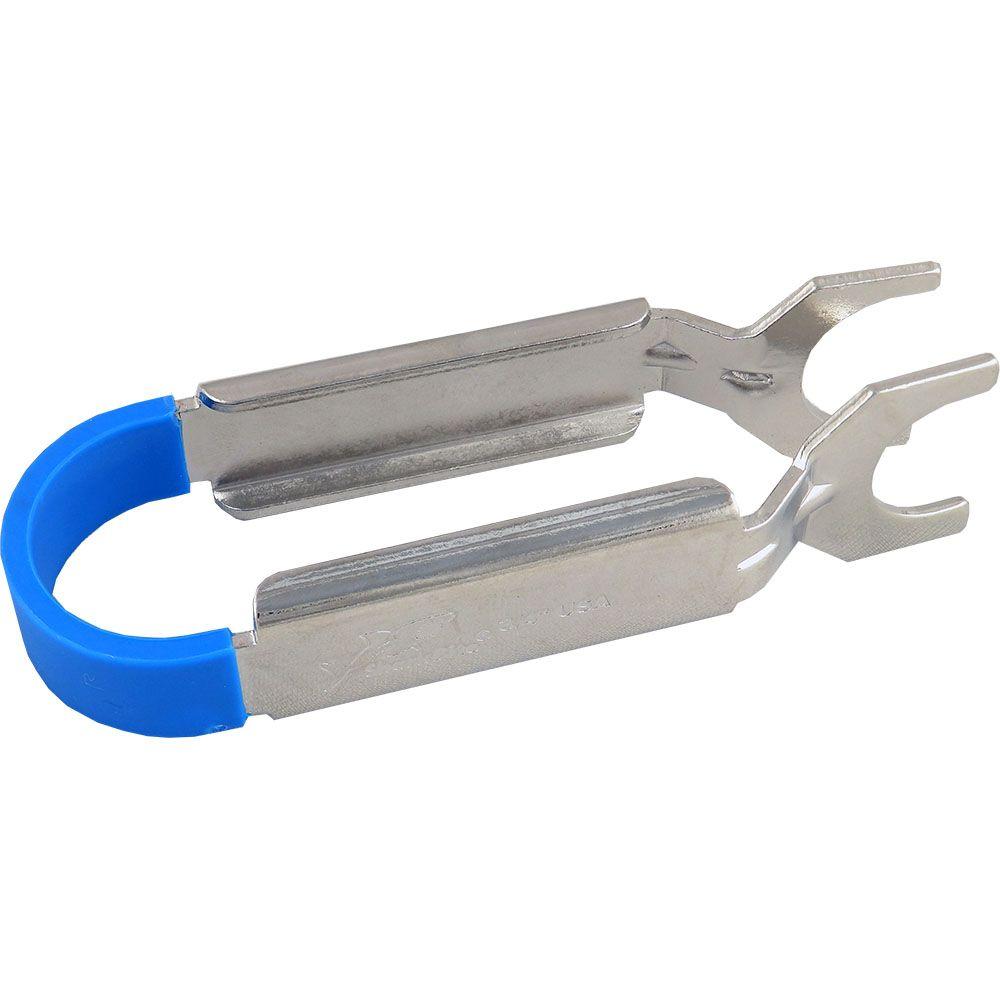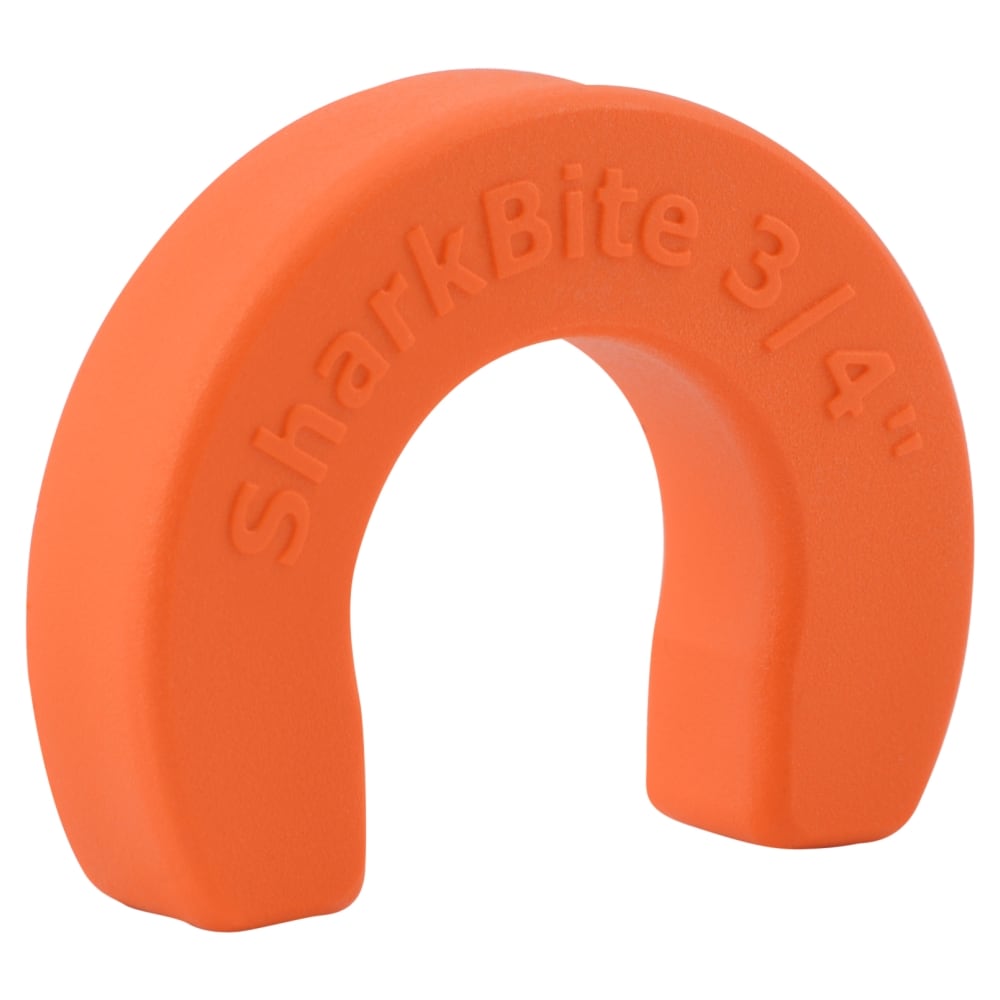Let'sgoflying!
Touchdown! Greaser!
Am I going to be happy with these valves?
They are “push-fit” vs threaded, or direct sweat connection.
This is for a rework of a room where there will be a water heater, recirc pump, water softener.
The problem I’ve had with threaded valves is that I will crank them tight to the adapter (threaded to slip, with thread compound), set the valve in the orientation I need, then sweat the joint.
Soon as I pressurize the system, a seep will occur and I’ll need to crank the threads a smidge more to get it to stop. Which alters the perfect valve orientation I had!
I thought this might fix that problem.
https://www.tractorsupply.com/tsc/product/gripwerks-3-4-in-ball-valve-push-to-connect-42703a
They are “push-fit” vs threaded, or direct sweat connection.
This is for a rework of a room where there will be a water heater, recirc pump, water softener.
The problem I’ve had with threaded valves is that I will crank them tight to the adapter (threaded to slip, with thread compound), set the valve in the orientation I need, then sweat the joint.
Soon as I pressurize the system, a seep will occur and I’ll need to crank the threads a smidge more to get it to stop. Which alters the perfect valve orientation I had!
I thought this might fix that problem.
https://www.tractorsupply.com/tsc/product/gripwerks-3-4-in-ball-valve-push-to-connect-42703a



